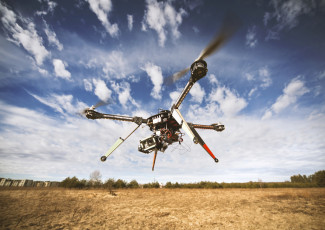All Together Now: A Team Approach to Better STEM Education
By Reyna Gobel
July 9, 2014
Students succeed in tough science and math courses by learning how to depend on one another.
During a recent retreat, STEM (science, technology, engineering and mathematics) students at Howard Community College, in Maryland, engaged in the kinds of team-building exercises normally reserved for corporate sales seminars.
In one exercise, a group of students were asked the best way to divvy up 1,000 jumping jacks between team members.
The goal: to teach students the importance of collaborative problem solving.
The exercise was just one of the many ways HCC’s STEM Learning Community encourages students to work collaboratively to solve complex problems.
The program is not mandatory, but it has been steadily growing since it launched in 2008.
“Gone are the days of individual scientists working by themselves in labs,” explains Loretta FitzGerald Tokoly, STEM Learning Community coordinator and associate professor of mathematics at the college. Given the increasingly collaborative nature of technology, Tokoly says the soft skills students learn by working together socially are just as valuable to employers as the hard technical skills often honed in labs and textbooks.
Looking to create an environment where students master those tough STEM disciplines while also learning to work well with others? FitzGerald Tokoly offers three keys to a well-rounded STEM education.
1. Begin socialization during orientation. At HCC, students don’t introduce themselves by simply saying their names and majors out loud on the first day of class; they get to know one another through a series of icebreakers, including STEM bingo, where students create bingo cards out of real-life experiences. The cards have slots for students who have more than three siblings, students who speak English as a second language, and students who have other personal traits. When students get bingo, they are asked to share their personal experiences with the class.
2. Build soft skills into your courses. Students who participate in HCC’s STEM Learning Community excel at teamwork. Take Calculus. Trig substitution is hard for many students, but at HCC, students are encouraged to coach one another through the problem-solving process. Working together to solve problems helps students communicate. The college also offers a series of one-credit seminar programs, where students are encouraged to work together on projects. In one instance, a student researched native plants for a local rain garden, and classmates supported her by helping to plant them.
3. Teach students to communicate what they’ve learned. In another exercise, HCC students make videos of their favorite projects and upload them to an online platform to share with the class. As part of the project, students are taught to explain their work in the context of the video as well as a series of in-person presentations.
According to FitzGerald Tokoly, the program has achieved such tremendous results that students have begun to go beyond campus, forming collaborative relationships with outside agencies, such as NASA and other potential program mentors. FitzGerald Tokoly’s involvement has helped reinforce a lesson she learned long ago: Persistence and teamwork are often more important than native talent.
“We can’t add to the students’ native talent,” she says. But HCC’s program provides “the motivation, mentorship and friendship” to help students get ahead.
What approaches does your college use to teach those elusive soft skills?











